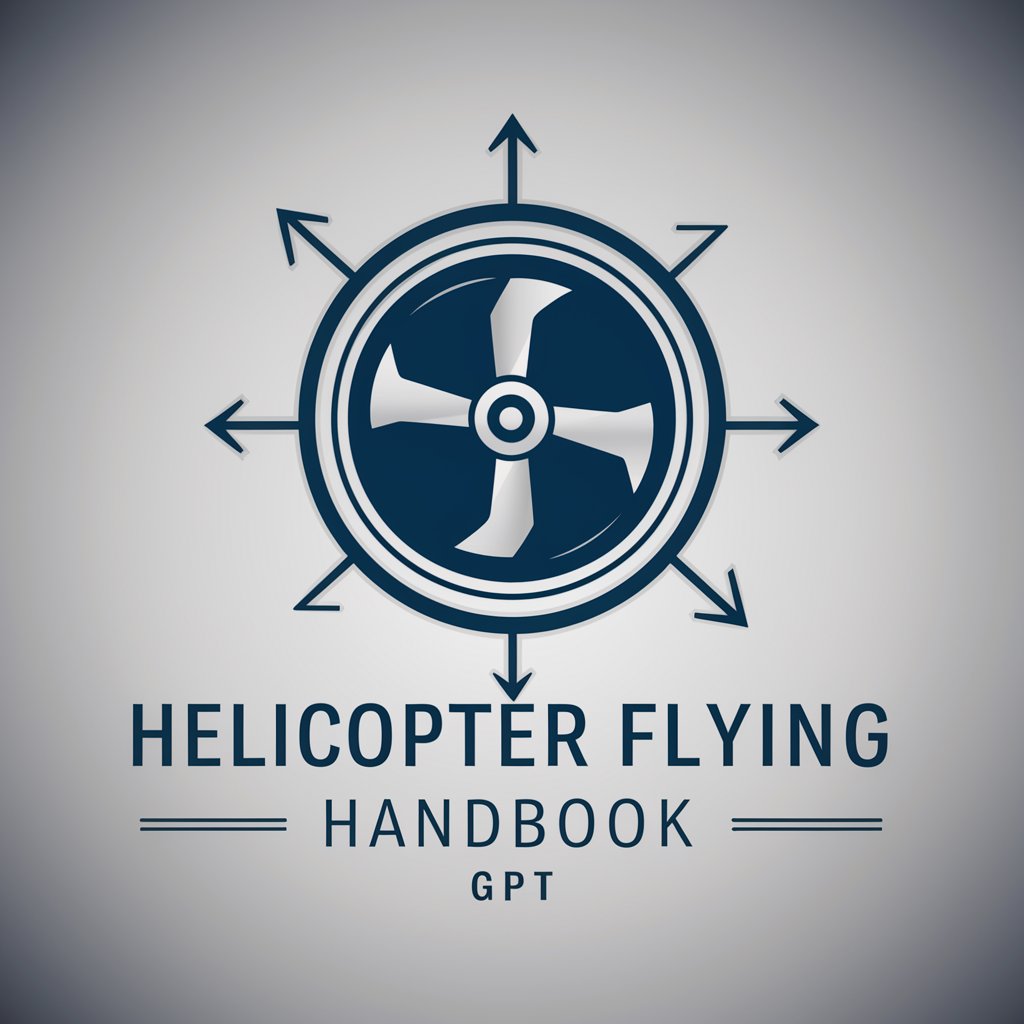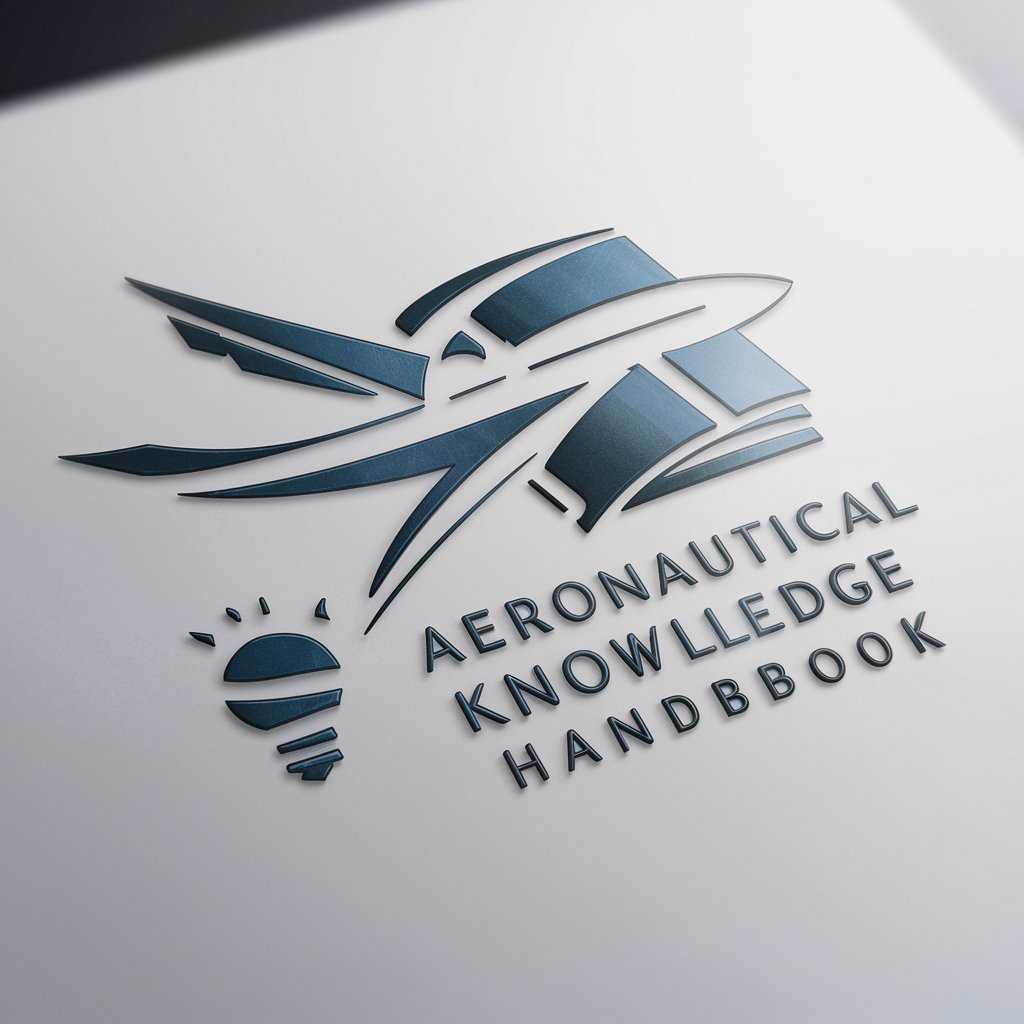
ReAS FSTD handbook - Comprehensive Simulator Guide

Welcome to the FSTD Compliance Resource.
Ensuring Flight Simulation Fidelity
Create a logo that represents expertise in FSTD evaluations with a focus on aviation and technology.
Design a professional and modern logo for a flight simulator compliance specialist.
Generate a logo that combines elements of aviation and precision for an FSTD evaluation expert.
Develop a logo for a compliance expert in flight simulator training devices, emphasizing technology and accuracy.
Get Embed Code
Introduction to ReAS FSTD Handbook
The evaluation of aeroplane simulators for qualification under the International Standards for the Qualification of Airplane Flight Simulators developed by the Royal Aeronautical Society and amended by the 2nd Edition of the ICAO Manual of Criteria for the Qualification of Flight Simulators is a complex and demanding technical task. The task often requires the application of sound engineering judgement to determine if the simulator performance in a given area meets the requirements of the ICAO Manual. It is the purpose of this Handbook to provide guidance for the application of judgement in the evaluation as well as guidance in the conduct of the evaluation. This guidance may also be useful to the aircraft manufacturer or other data provider for planning and conducting validation tests, data recording, and presentation. [ReAS Simulator handbook 3rd Edition, 1.1] Powered by ChatGPT-4o。

Main Functions of ReAS FSTD Handbook
Guidance on Simulator Evaluation
Example
Provides detailed guidelines on how to evaluate flight simulators in compliance with ICAO standards.
Scenario
Used by simulator manufacturers and operators to ensure their simulators meet international qualification standards. [ReAS Simulator handbook 3rd Edition, 1.1]
Support for Test Conduct
Example
Offers methods and procedures for carrying out validation tests.
Scenario
Helpful during the setup and execution of both automatic and manual testing phases of simulator assessment. [ReAS Simulator handbook 3rd Edition, 1.3, 2.0, 3.0]
Provision of Engineering Judgement
Example
Assists in applying engineering judgment when test data shows anomalies or deviations.
Scenario
Useful when unexpected results arise during simulator testing, providing a framework to assess whether these results are acceptable. [ReAS Simulator handbook 3rd Edition, 1.3]
Ideal Users of ReAS FSTD Handbook
Simulator Manufacturers
Manufacturers use the handbook to design and test flight simulators to ensure they meet required standards before delivery. [ReAS Simulator handbook 3rd Edition, Preface]
Regulatory Authorities
Regulatory bodies utilize the handbook to standardize evaluation processes and ensure compliance with international standards. [ReAS Simulator handbook 3rd Edition, Preface]
Flight Training Organizations
Training organizations refer to the handbook to understand the capabilities and limitations of their simulators, ensuring effective and compliant training scenarios. [ReAS Simulator handbook 3rd Edition, Preface]

How to Use the ReAS FSTD Handbook
Initial Step
Visit yeschat.ai for a free trial without login; no ChatGPT Plus required.
Understanding the Structure
Familiarize yourself with the structure and content of the ReAS FSTD Handbook. Begin by reviewing the list of contents and identifying the chapters relevant to your needs.
Identify Test Requirements
Locate the specific validation tests and requirements for different flight simulator models by referencing the detailed index provided in Section 11.0.
Review Test Protocols
Deeply understand the test protocols by studying the methodology sections. For instance, consult sections 2.0 and 3.0 for insights into automatic and integrated testing.
Implement Testing Procedures
Apply the guidance from the handbook in actual simulator testing scenarios, using the guidelines to ensure compliance with ICAO standards and improve the fidelity of your simulation models.
Try other advanced and practical GPTs
Wedding Timeline Architect
Craft Your Perfect Wedding Day

Wedding Timeline Assistant
Plan Perfectly, Capture Every Moment

Raakvlakken Verkenner
Empowering Education with Digital Literacy

RHEA
Craft Your Career with AI

Sansad GPT
Empowering Creativity with AI

Sansad Scholar
Demystifying Indian Parliament with AI

Digitale Geletterdheid en Aardrijkskunde
Empowering digital literacy through geography

HMCTS (England & Wales)
Empowering Justice with AI

Healthcare Taxes
Streamline Your Travel Nurse Tax Filing

Market Waves
Unleashing AI-powered market intelligence

Romance GPT
Empowering Your Love Life with AI

Romance Coach
Navigate Love with AI Guidance

Frequently Asked Questions about the ReAS FSTD Handbook
What is the main purpose of the ReAS FSTD Handbook?
The ReAS FSTD Handbook is designed to guide the evaluation of airplane simulators, ensuring they meet the ICAO Manual standards. It helps in applying engineering judgement during simulator testing and provides structured guidance for both automatic and manual testing procedures.
How does the ReAS FSTD Handbook address automatic testing?
Section 2.0 of the handbook covers automatic testing extensively, outlining methodologies that ensure tests can be performed consistently and automatically for recurrent evaluations, crucial for verifying simulator compliance over time.
What is the significance of integrated testing in the ReAS FSTD Handbook?
Integrated testing, detailed in Section 3.0, is crucial for validating the overall integration of simulator systems. It confirms that all subsystems perform correctly when tested together, ensuring the simulator's comprehensive accuracy and functionality.
Can the ReAS FSTD Handbook assist with QTG creation?
Yes, the handbook is an essential resource for constructing a Qualification Test Guide (QTG). It provides necessary information on the standardization of tests, documentation of compliance, and the handling of specific test cases.
What support does the ReAS FSTD Handbook offer for manual testing?
The handbook outlines procedures for manual testing in Section 4.0, emphasizing the importance of cross-checking automatic test results and verifying simulator performance through pilot-driven tests without backdriven parameters.





